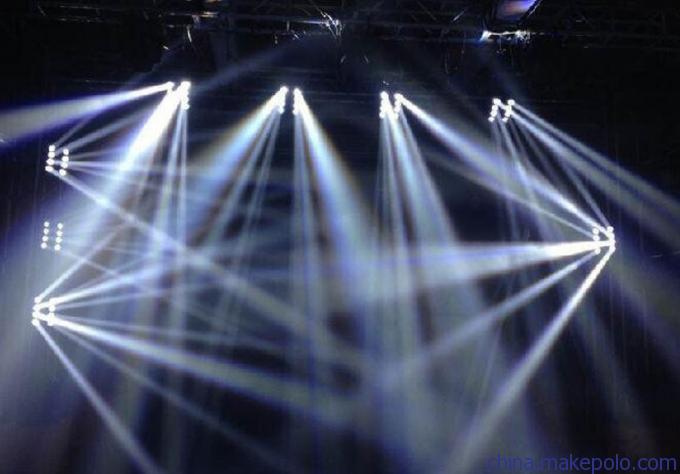This is Scientific American — 60-Second Science. I'm Christopher Intagliata.
LEDs use only a quarter the energy of incandescent bulbs. But despite their efficiency, there is one thing they're not that good at: "They have a hard time giving directional light." Sangam Chatterjee, a physicist at the University of Marburg and the University of Giessen, in Germany.
Chatterjee and his colleagues may have fixed that. They devised a highly focused, but still energy-efficient light beam, by starting with something that's already a highly focused beam: a laser. The key is what they shoot the laser at: a substance with a particular structure. "I'm always tempted to say "white powdery substance" but I guess there's some connotation on that."

They synthesized the material from cages of tin and sulfur atoms decorated with hydrocarbon molecules. The laser-produced infrared light — which the human eye cannot see — goes in, but what comes out are many different optical wavelengths. "It's a molecular light converter. It basically changes the color of the light, while retaining the directionality of the lasers. So you can make something like a white laser beam containing many, many colors." That mix of colors, overall, glows bright white, like a halogen bulb in a beam. The study is in the journal Science.
This sort of low-energy focused white beam could be used for the very small — like a light source for microscopes — to the very big. "You could use this for a spotlight in the theater. And in the end it should be much more energy efficient than the typical standard spotlight." Meaning focused white light…that takes a little heat off the environment.
Thanks for listening Scientific American — 60-Second Science Science. I'm Christopher Intagliata.












